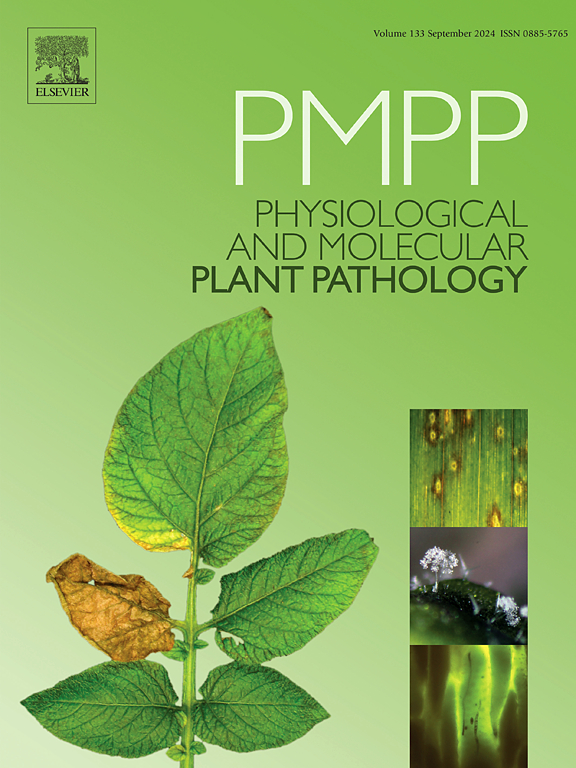Gene revolution: Unravelling biotechnology for crop improvement
IF 2.8
3区 农林科学
Q2 PLANT SCIENCES
引用次数: 0
Abstract
The advent of biotechnology has ushered in a new era for plant improvement, unlocking pathways to overcome the limitations of traditional breeding and trait selection. While conventional approaches such as genetic engineering and molecular markers have laid the foundation, recent innovations like RNA interference (RNAi), microRNAs, and microproteins are now offering more precise and efficient control over gene expression and regulatory networks. These tools are proving invaluable in modifying complex traits such as stress tolerance, disease resistance, and nutrient uptake in plants.
In addition to Clustered Regularly Interspaced Short Palindromic Repeats (CRISPR-Cas) systems, newer genome-editing techniques such as base editing and prime editing have emerged, allowing targeted and reversible changes in DNA without inducing double-strand breaks. These advancements are rapidly pushing the boundaries of what is possible in crop improvement, enabling fine-tuned modifications to address global challenges like climate change, food security, and sustainable agriculture. The integration of these tools with omics technologies and high-throughput phenotyping further accelerates the development of elite cultivars suitable for specific environments.
Understanding the key biotechnological innovations, their applications in real-world breeding programs, and the future directions of plant biotechnology can help us to meet the demands of the escalating population. Additionally, it is equally important to consider the ethical and regulatory frameworks necessary to ensure responsible use of these technologies in agriculture. By utilizing such advanced tools, we can significantly enhance climate resilience, productivity, and sustainability of global food systems.
基因革命:解开作物改良的生物技术
生物技术的出现开启了植物改良的新时代,开启了克服传统育种和性状选择局限性的途径。虽然传统的方法,如基因工程和分子标记已经奠定了基础,最近的创新,如RNA干扰(RNAi), microRNAs和微蛋白,现在提供更精确和有效的控制基因表达和调控网络。这些工具在修改植物的复杂性状,如抗逆性、抗病性和营养吸收方面被证明是无价的。除了集群规则间隔短回文重复序列(CRISPR-Cas)系统外,新的基因组编辑技术,如碱基编辑和引物编辑已经出现,允许DNA发生靶向和可逆的变化,而不会引起双链断裂。这些进步正在迅速突破作物改良的极限,使微调改良成为可能,以应对气候变化、粮食安全和可持续农业等全球挑战。这些工具与组学技术和高通量表型分析的结合进一步加速了适合特定环境的优良品种的开发。了解关键的生物技术创新,它们在现实世界育种计划中的应用,以及植物生物技术的未来发展方向,可以帮助我们满足不断增长的人口需求。此外,同样重要的是要考虑确保在农业中负责任地使用这些技术所需的道德和监管框架。通过利用这些先进工具,我们可以显著提高全球粮食系统的气候适应能力、生产力和可持续性。
本文章由计算机程序翻译,如有差异,请以英文原文为准。
求助全文
约1分钟内获得全文
求助全文
来源期刊
CiteScore
4.30
自引率
7.40%
发文量
130
审稿时长
38 days
期刊介绍:
Physiological and Molecular Plant Pathology provides an International forum for original research papers, reviews, and commentaries on all aspects of the molecular biology, biochemistry, physiology, histology and cytology, genetics and evolution of plant-microbe interactions.
Papers on all kinds of infective pathogen, including viruses, prokaryotes, fungi, and nematodes, as well as mutualistic organisms such as Rhizobium and mycorrhyzal fungi, are acceptable as long as they have a bearing on the interaction between pathogen and plant.

 求助内容:
求助内容: 应助结果提醒方式:
应助结果提醒方式:


